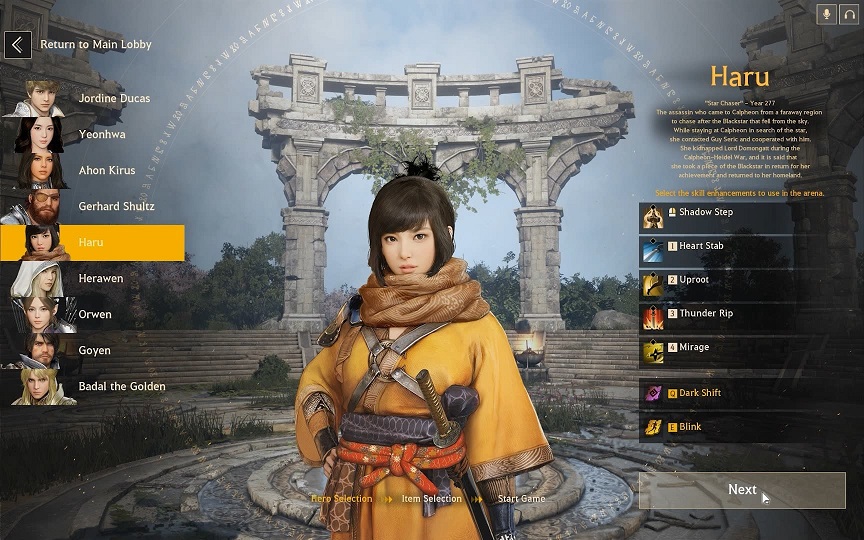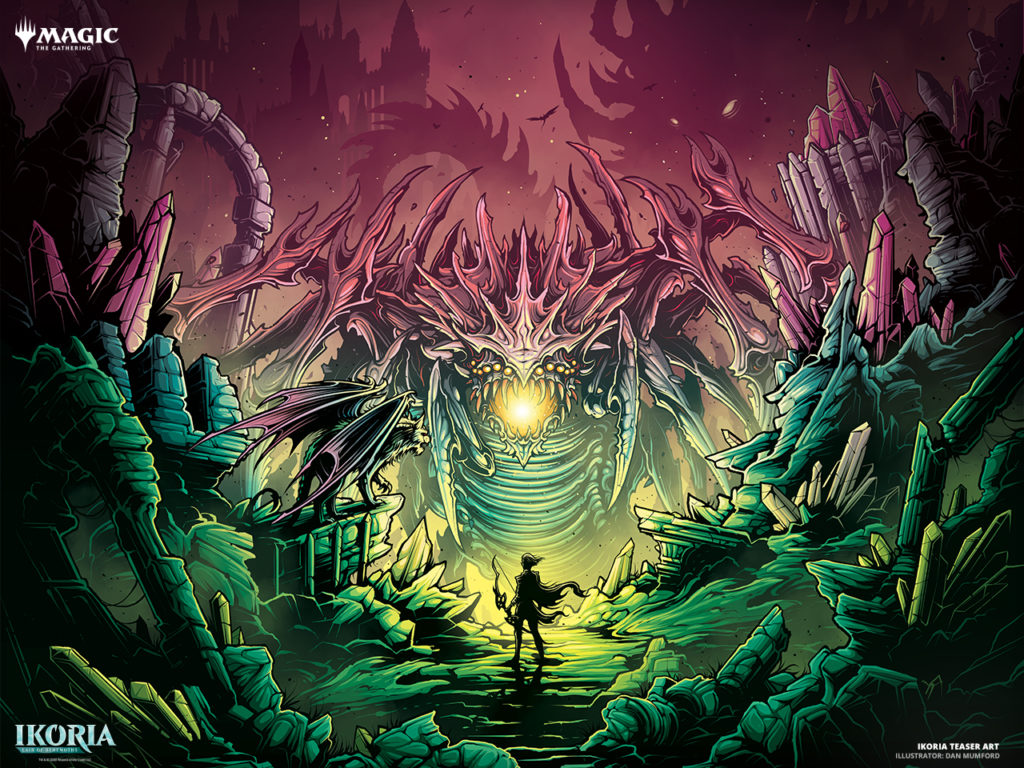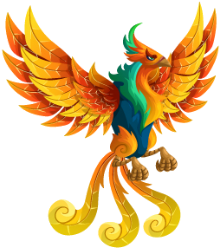

Creatures have summoning sickness after they are cast, which means they can’t do anything but block until your next turn. Each player’s turn begins with them drawing a card, except for the first player on their first turn, who skips that draw step once to balance out the advantage of going first.ĭuring the main phases (there’s one after your draw step and a second main phase after combat) you can play one land per turn, and you can cast your spells. Roll a dice or flip a coin to see who plays first. As the game goes on, more and bigger threats will enter the board. At the beginning of your next turn, all your mana sources that survived will refresh, letting you play more spells and add to your mana base. Planeswalkers are some of the most powerful cards in Magic: The Gathering, each with several abilities that you can activate once per turn. To support your creatures, you can also summon artifacts and enchantments, which have their own abilities but can’t attack or defend, or you can cast instant and sorcery spells that have one-time or temporary effects. There are dozens of creature types, drawn from a wide range of fantasy, literature, and the game designers’ own imagination. You pay that mana when you want to cast a spell to summon a creature or to activate special abilities those creatures have. Mana is Magic: The Gathering’s in-game currency, as your wizard draws power from the natural world to fuel their magic. (With the preconstructed decks, all this planning is already set up for you.)

Between 22 and 26 of those cards (roughly two-fifths of your deck) will be lands, which generate mana: planes for white mana, islands for blue, swamps for black, mountains for red, and forests for green. You can only have up to four copies of any card in your deck, except for basic lands. Your deck has to contain at least 60 cards (most decks, with some notable exceptions, are exactly 60 cards). Certain spells and effects let you gain life during the game - there’s no upper limit - but if you drop to zero life, you lose the game. Ready to learn? Let’s start with the basics. You can grab one of these preconstructed decks with the playstyle that speaks to you, open it up, and start playing right away. White is the colour of defence and healing, blue is the colour of knowledge (often taking the form of extra card draw), black is the colour of destruction, red is the colour of speed and aggression, and green is the colour of growth. The annual core sets feature both powerful cards and straightforward, evergreen mechanics that make up the heart of the game.Īs part of Core 2021, Magic: The Gathering is also releasing five new complete, ready-to-play decks, each built around a powerful planeswalker card in one of the game’s five signature colours, which gives the decks a unique playstyle. In fact, the newest Magic: The Gathering release, Core 2021, is an ideal entry point. The secret to Magic: The Gathering is that it’s fun the first time you play, and the more you come back, the more the game’s complexity opens up to you.
#Status magic arena full#
Those thousands of cards, with new sets released several times a year, mean the game is full of endless possibilities, and it’s always evolving. It’s actually simple to learn, and we’ll teach you how in the next few paragraphs.

With 20 million players worldwide according to its maker, Wizards of the Coast, it’s incredibly popular with more players joining all the time.Īlthough Magic: The Gathering has nearly 20,000 cards printed, playing the game needn’t be a daunting prospect. Players represent two duelling wizards who summon a growing army, represented by detailed playing cards with evocative fantasy art, to fight for them on the battlefield. Magic: The Gathering is the original collectable card game. As part of Core 2021, Magic: The Gathering is also releasing five new complete, ready-to-play decks.


 0 kommentar(er)
0 kommentar(er)
